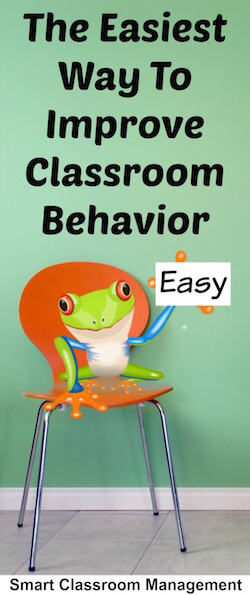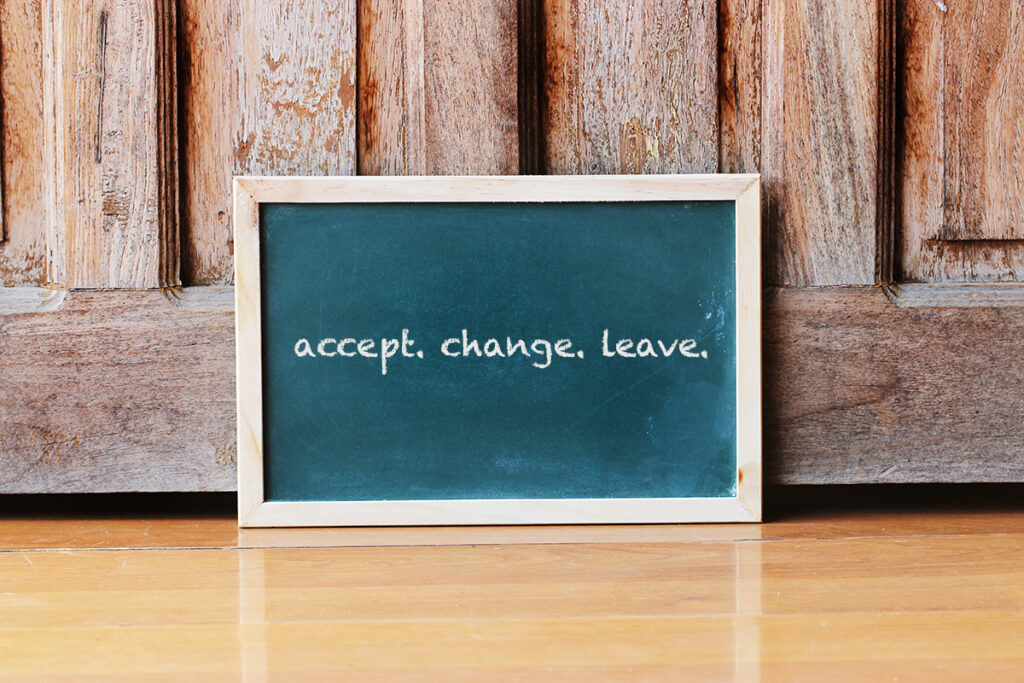The Easiest Way To Improve Classroom Behavior
 The easiest way to improve classroom behavior is one few teachers ever consider.
The easiest way to improve classroom behavior is one few teachers ever consider.
It’s at once blatantly obvious and far off the grid.
You won’t find it in modern professional books and are unlikely to hear about it at conferences.
Yet, it’s as plain as day and works every time.
It doesn’t entail making drastic changes. It doesn’t entail extra planning or specialized training.
It doesn’t entail selling, persuading, or convincing your students of anything.
In fact, they’ll be all for it.
For it is both a universal truth and a welcome balm to any human interaction.
So what is this miracle strategy?
It’s politeness.
Walk into any polite classroom anywhere in the world and there you will find well-behaved students. You’ll find happiness and harmony, smiles and friendship, community and contentment.
So how do you bring more politeness into your classroom?
You teach it. You model what it looks like. You practice and encourage it until it becomes part of the fabric of your classroom.
Teachers who focus on this one oft-neglected strategy have far fewer problems with classroom management. They have fewer problems with disrespect, bullying, bickering, and the like.
If you’ve never taught politeness before, the most effective approach is to focus on just three foundational areas.
- Please and thank you.
- Hello and goodbye.
- Excuse me and after you.
These three alone will change the tone of your classroom, inspire more profound acts of kindness, and result in better overall classroom behavior.
The first step in teaching them is to model what they look like.
Ask for volunteers to help you as you act out how to greet a classmate, how to accept a helping hand, or how to pause and allow someone to pass in front of you.
Use everyday examples from the classroom while emphasizing the importance of tone, body language, and eye contact.
Once you’ve covered each foundational area, break your students into groups and let them practice on their own. Pose common situations and then give them a few minutes to role-play each one.
A tablemate is leaving for the day.
Two students approach the pencil sharpener at the same time.
A classmate helps you on an assignment.
You accidentally bump into someone while lining up for lunch.
Periodic refreshers throughout the year are a good idea, but gentle reminders keep it going. Good teachers are in the habit of stage-whispering cues whenever a student forgets.
“Please.”
“Good morning.”
“Excuse me.”
These simple words, conveyed with a smile just a few times a week, will sustain and nurture the kind, considerate, and well-behaved learning environment you’re after.
But you must be the leader, the chief role model, the pillar of politeness. Every day. Sarcasm, impatience, and grouchiness will undo any good vibrations you’ve created.
Teaching politeness is a simple little thing. Easily disregarded, quickly forgotten, and too 1950s for today’s educational complexities.
But in the hands of a teacher willing to make it a priority, it’s powerful stuff.
It transforms and uplifts.
It endures and inspires.
It leaves a mark that never fades away.

No comments:
Post a Comment